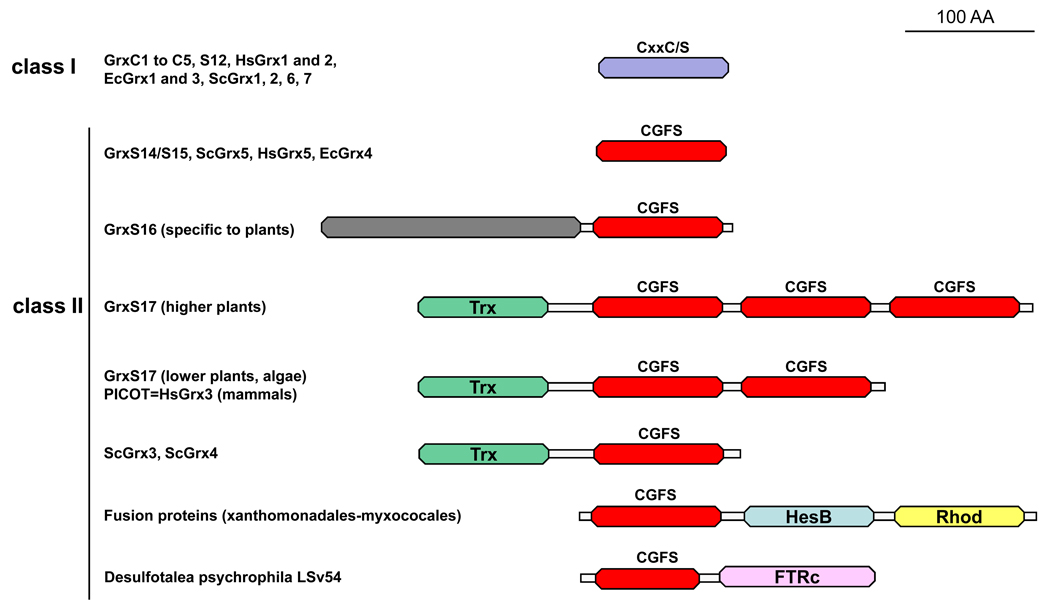Figure 2. Domain organisation of class I and II Grxs.
The classification of Grxs from photosynthetic organisms (terrestrial plants, algae, cyanobacteria) into 6 classes is likely to be the most complex classification as there are about 30 to 40 Grx genes in higher plants. This figure illustrates the correspondence for other model organisms (Escherichia coli (Ec), Homo sapiens (Hs) and Saccharomyces cerevisiae (Sc)) for classes I and II. These two classes contain Grxs that have been identified either as containing an Fe–S cluster, as participating in iron–sulphur cluster assembly or as participating in iron sensing. Grx domains for members of classes I and II are represented in violet and red, respectively. Additional domains include a Trx-like module (green), a domain of unknown function (grey), a HesB domain (blue), a rhodanese domain (yellow) and a ferredoxin-thioredoxin reductase domain corresponding to the catalytic subunit (pink). The full-length mature proteins, devoid of their targeting sequences, have been depicted here.

